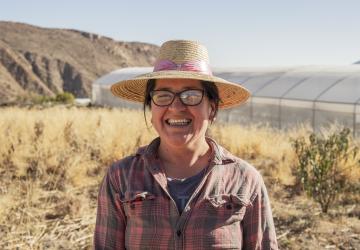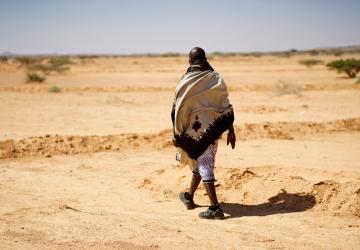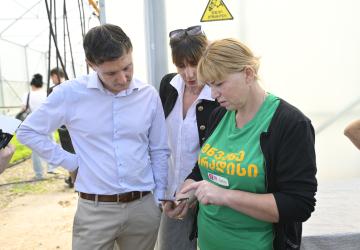Building Resilience: Việt Nam's Path to Recovery and Readiness
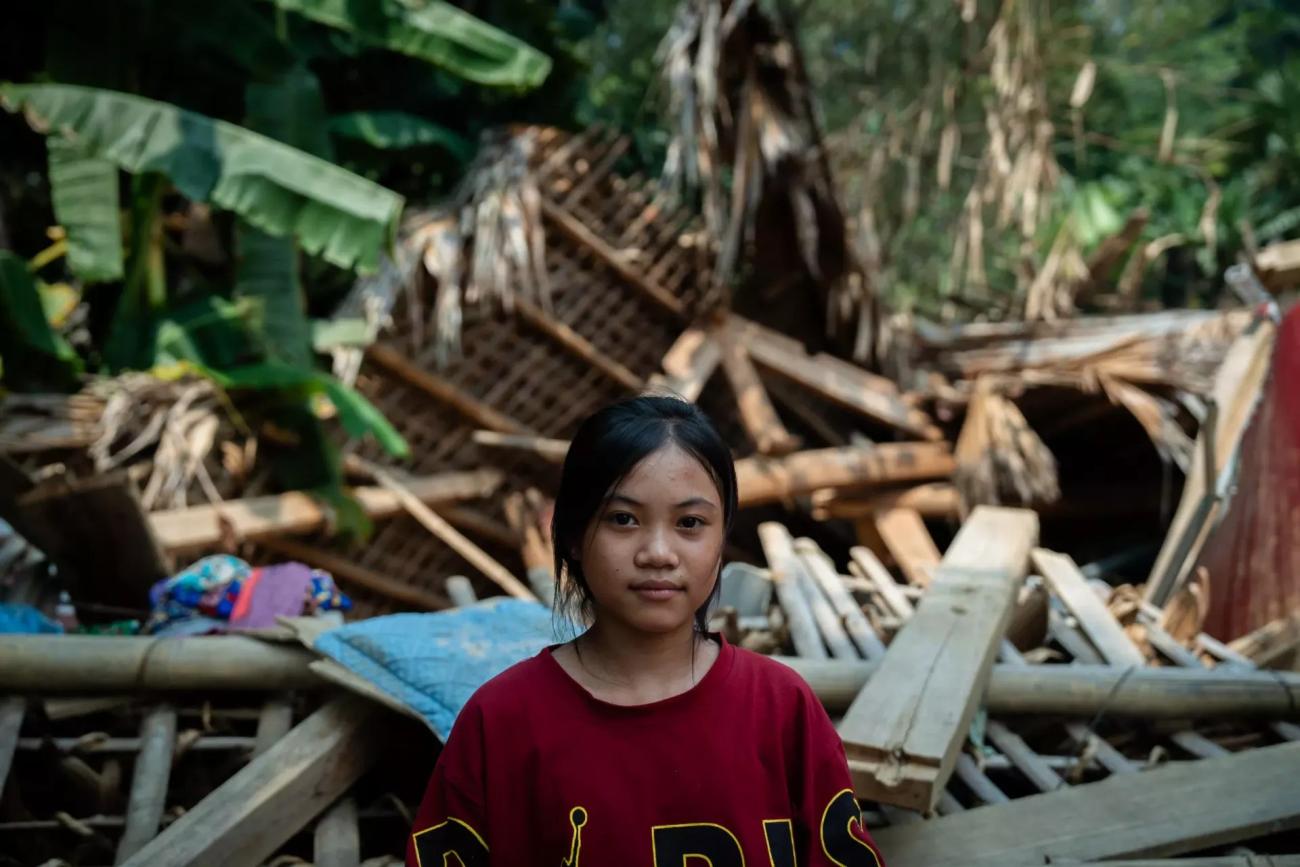
The Resident Coordinator in Việt Nam, Pauline Tamesis, highlights how the United Nations partnered with the Việt Nam Disaster and Dyke Management Authority to coordinate a nationwide response to one of the country’s most destructive typhoon seasons in decades.
This year, Việt Nam has endured one of its most damaging typhoon seasons in decades. Eleven typhoons and tropical depressions battered the country from May through early October, with Typhoons Bualoi and Matmo striking within days of each other. These back-to-back disasters unleashed relentless rain, floods and landslides that ravaged northern and central provinces, leaving a trail of destruction: homes swept away, crops destroyed and families displaced.
Human impact has been profound. According to the Việt Nam Disaster and Dyke Management Authority (VDDMA), 1.1 million people were affected across six provinces, with 85 fatalities, 11 missing persons and nearly 200 injured. The scale of damage is staggering – more than 546,000 homes damaged or inundated, 1,600 schools impacted and vast agricultural lands destroyed, with economic losses estimated at US$418 million. Even after the storms passed, above-average rainfall in mid-October triggered new floods and landslides, prolonging the suffering of already hard-hit communities.
In these challenging times, we have witnessed the importance of steadfast leadership and multi-sector coordination. The Government of Việt Nam, through the Ministry of Agriculture and Environment (MAE), in particular VDDMA, has demonstrated remarkable commitment in assisting people and communities from the outset. Their swift actions in search and rescue operations, damage assessment and relief distribution have saved countless lives and laid the groundwork for recovery.
The devastating impacts of these typhoons, coupled with the growing frequency and severity of natural disasters driven by climate change, underscore the critical need for a whole-of-society response. Following the devastation, the Government of Việt Nam, through VDDMA, joined forces with the UN and partners to form Joint Assessment Teams that deployed to six worst-hit provinces between October 10 and 12.
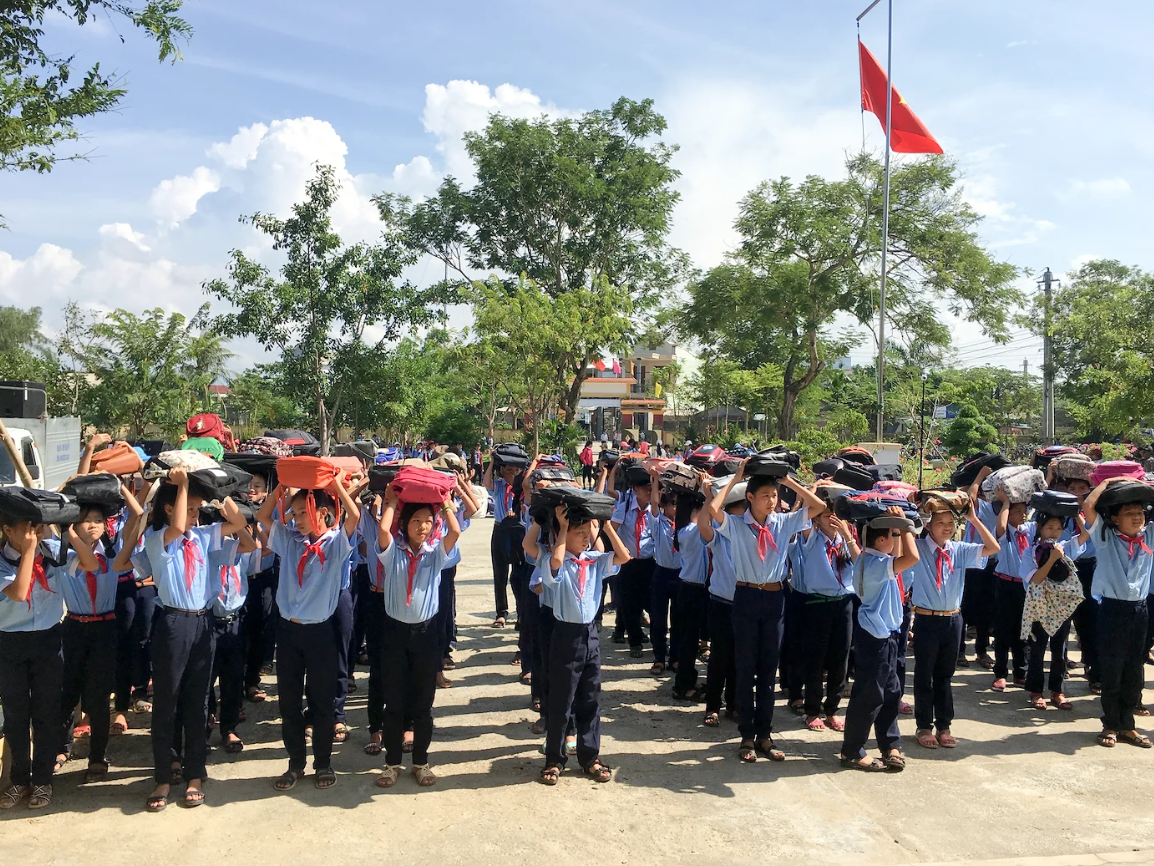
Their findings formed the foundation for the Joint Response Plan, which was announced on October 28. It targets 406,000 of the most vulnerable people with $49.4 million in assistance. The Joint Response Plan prioritises ensuring access to clean water, sanitation and hygiene (WASH), providing protection, shelter and livelihood support, repairing damaged health facilities, restoring safe access to education for children and ensuring safeguards are in place in the delivery of humanitarian services in Cao Bằng, Lạng Sơn, Tuyên Quang, Phú Thọ, Thái Nguyên and Bắc Ninh.
Co-chaired by Deputy Minister Nguyễn Hoàng Hiệp of MAE and I, the Disaster Risk Reduction Partnership (DRRP) has proven instrumental in coordinating a multi-sector response. This partnership ensures that both humanitarian and development perspectives are incorporated into emergency planning, enabling faster, more effective and more inclusive responses.
The climate crisis reminds us, however, that building back is not enough – we must build forward better. The increasing frequency and intensity of extreme weather events demands that we shift from reactive response to proactive resilience. This means investing in climate-adaptive infrastructure, strengthening early warning systems and enhancing local capacity, particularly at the commune level. Building forward better means enhancing national preparedness capacities and ensuring that recovery strategies are sustainable and aligned with the country's long-term resilience goals.
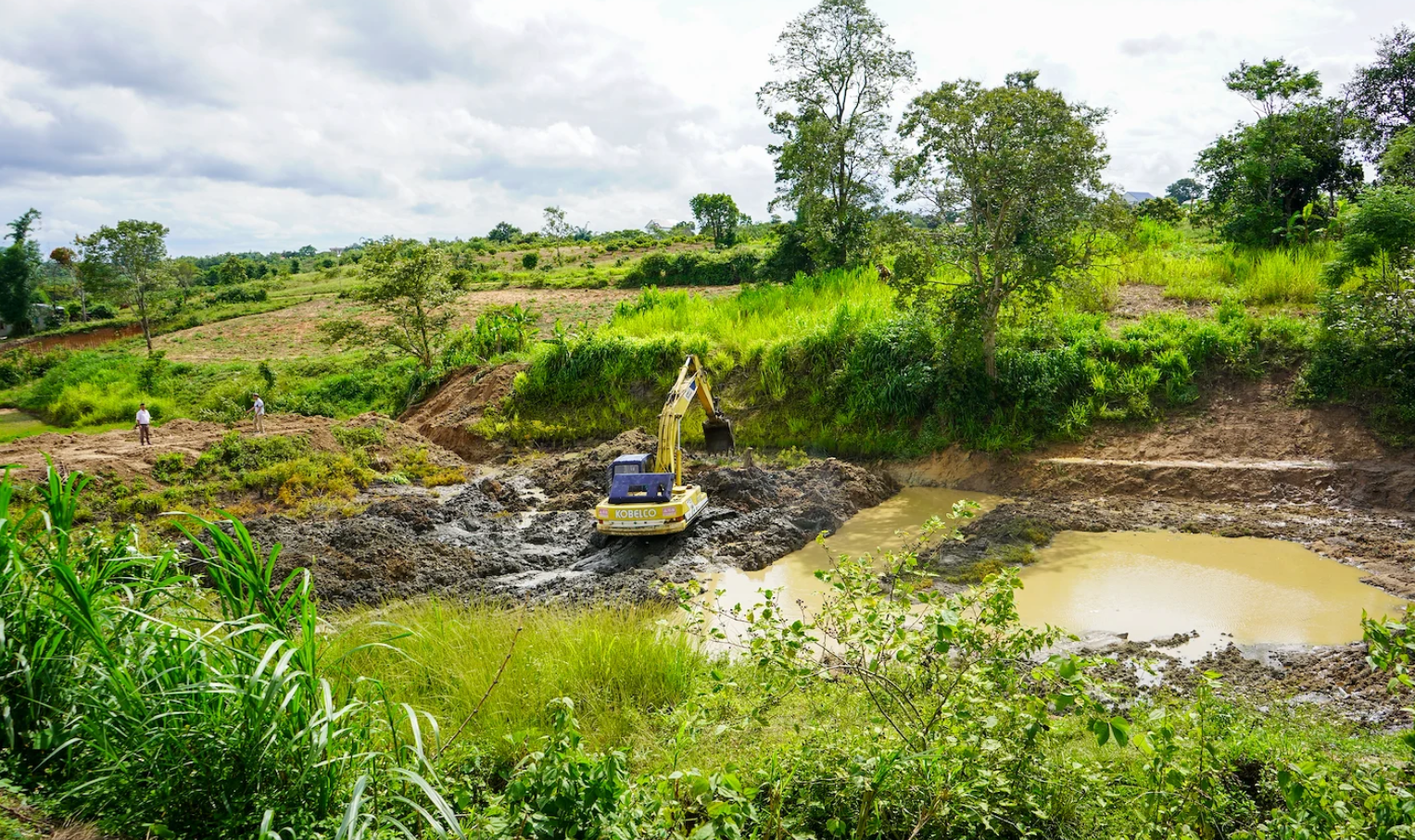
Joint planning and response are essential in the face of increasing natural disasters. While the Government of Việt Nam has shown strong commitment, the needs remain immense, the recovery sector alone in the Joint Response Plan requires $4 million to support 300,000 affected people. International solidarity and support remain crucial to complement national efforts.
As we work alongside VDDMA and all partners, our shared commitment is to help communities not just recover but emerge stronger and more resilient. Through continued cooperation and shared responsibility, we can transform today's challenges into tomorrow's resilience, ensuring that when the next storm comes, Việt Nam is ready.
This article was originally published here. Click here to read more coordination results from Việt Nam.




